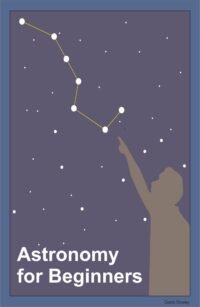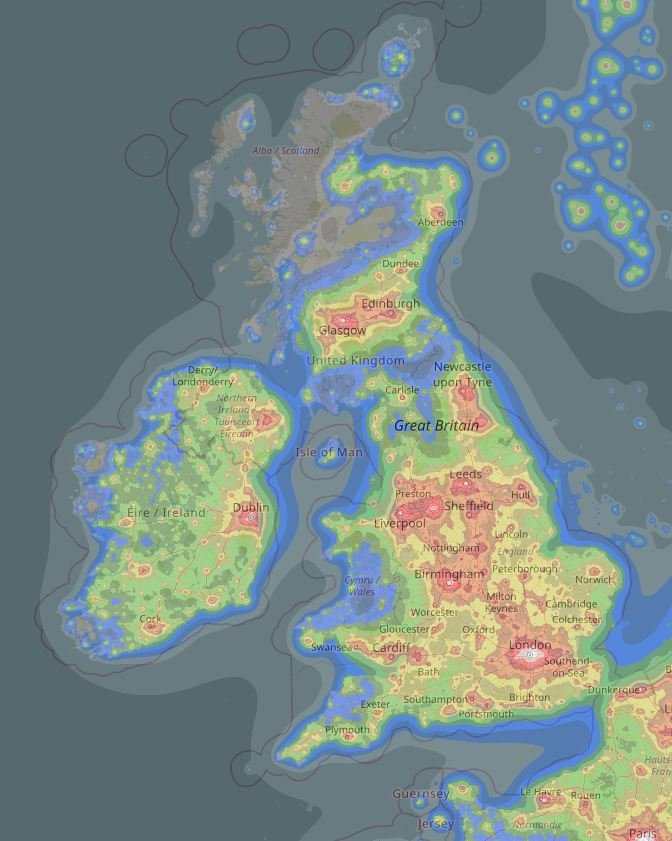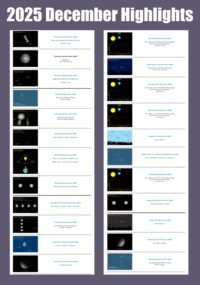Monthly Archives: February 2025
Belt of Venus
Pink glow – this shadow is caused by the Earth itself blocking the sun’s direct rays.
Zodiacal Light
The best time to see the zodiacal light is during the spring and autumn months, when the ecliptic plane is at a steep angle relative to the horizon – it is easier to spot in areas with low light pollution, … Continue reading
Mercury in the evening sky
Mercury has made its appearance in the evening sky, you could see Mercury at its best in the evening sky over the next two weeks until until 15th March as the most difficult of naked-eye planets to see Mercury.
Green Flash
The green flash phenomena that sometimes occur transiently around the moment of sunset – when the conditions are right, a distinct green spot is briefly visible above the Sun’s upper limb; the green appearance usually lasts for no more than … Continue reading
Mercury
Tonight Graham Jones and me spotted the four of the planets; Mercury, Venus, Jupiter and Mars to a naked eye, meanwhile Brenda Jones captured us to spot the planet, Mercury. (In this photo, Jupiter & Mars are at higher altitude.) … Continue reading
Tuesday 25th February 2025
Jupiter’s moon Europa’s shadow will be cast on Jupiter’s Great Red Spot will create a dark spot on the Jupiter’s atmosphere – definitely it will be good opportunity for astrophotography.
Tuesday 25th February 2025
Mercury and Saturn will appear very close to each other in the evening sky, creating a striking visual near the horizon.
Monday 24th February 2025
Mars is stationary – the second bend occurs in the constellation Gemini on 24th February 2025, when the planet reverses direction and heads east again.
Friday 21st February 2025
Antares, often referred to as the “heart” of the Scorpion, is a bright red supergiant star and a key feature in the constellation Scorpius.ooooThe sight of the Moon near Antares and Messier 4 during the morning twilight must be quite … Continue reading
Wednesday 19th February 2025
When Venus reaches perihelion, it is at the closest point in its orbit to the Sun ~ this event occurs roughly every 225 Earth days, as Venus completes its orbit around the Sun. At perihelion, Venus is approximately about 66.5 … Continue reading










